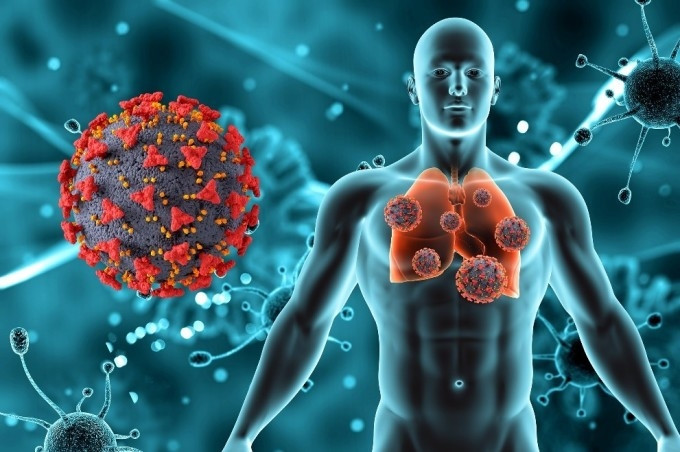Many people mistakenly believe that lung cancer only occurs in smokers or older people, or that surgery can cause the tumor to spread.
Lung cancer is the second most common cancer in the world. The American Cancer Society estimates that there will be about 236,000 new diagnoses in the United States in 2022. The World Health Organization (WHO) also recorded 2.21 million cases of lung cancer globally as of 2020, including 1.8 million deaths.
This is a common cancer, but it is often misunderstood. November was designated by WHO as "lung cancer awareness month", experts summarize the following misconceptions about this disease.
Lung cancer only affects older people
Lung cancer is more common in older people, says John Costello, MD, a pulmonologist at the Mayo Clinic. The average age of diagnosis is 70. This is because older people are exposed to cigarette smoke for longer periods of time. However, lung cancer can still occur in younger people. Some people get lung cancer when they are very young, in their 20s or 30s, says Lisa Jacques, an oncology nurse practitioner at Perci Health.
Lung cancer is a smoker's disease.
Smoking is a risk factor for lung cancer, but it is not the only cause. About 10% of people with lung cancer have never smoked, says nurse Lisa Jacques. "Some people have a genetic predisposition to lung cancer that may not be related to smoking. Others have been exposed to things like asbestos, radon gas, and secondhand smoke," says Dr. John Costello. But these cases are relatively rare.
Every year, about 7,300 Americans who have never smoked or are exposed to secondhand smoke die from lung cancer. More than 2,900 other deaths are due to exposure to radon gas, which then develops into cancer.

Lung cancer is the second most common cancer in the world, with a 5-year survival rate of 60% if detected and treated early. Photo: Freepik
Damage caused by smoking is irreversible.
Some of the damage and inflammation caused by smoking is reversible, says Dr. John Costello. What is irreversible is emphysema, when lung structure is destroyed, causing severe breathing difficulties.
Experts say quitting smoking can reduce the risk of lung cancer, but the best way is to not start the habit in the first place. People at high risk of cancer, such as those over 50 with a history of heavy smoking for 20 years or more, can be screened with a CT scan. Screening reduces lung cancer deaths by 20%.
Lung cancer is always a death sentence.
With today’s advances in technology and medicine, a diagnosis of lung cancer does not mean certain death. According to Dr. Costello, the five-year survival rate for lung cancer is 60%. Once the tumor has spread throughout the body, the rate drops to 8%.
However, new techniques in cancer screening, such as CT scans in smokers, can help detect the disease early, increasing the chance of successful treatment. Removing the tumor when it is very small, the 5-year survival rate is 80-90%.
Surgery causes the tumor to spread
This is a common concern for patients and families with early-stage lung cancer. However, Dr. Fred Hirsch, executive director of the Thoracic Oncology Center at the Tisch Cancer Institute in New York, says this is completely wrong.
"Surgery is often prescribed for patients in the early stages to cure cancer. If the tumor is large or has spread, the doctor will not allow the patient to have surgery immediately but will give chemotherapy or immunotherapy first, reducing the risk of cancer cells in the blood," the doctor explained.
Clinical studies show that surgery prolongs life and reduces the risk of death.
According to VnExpress